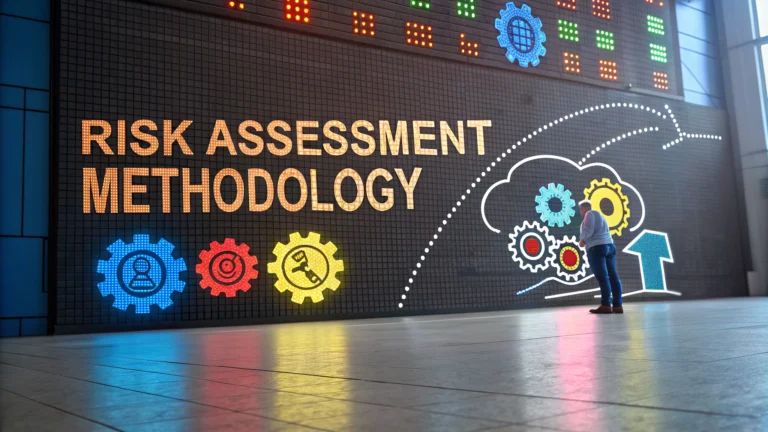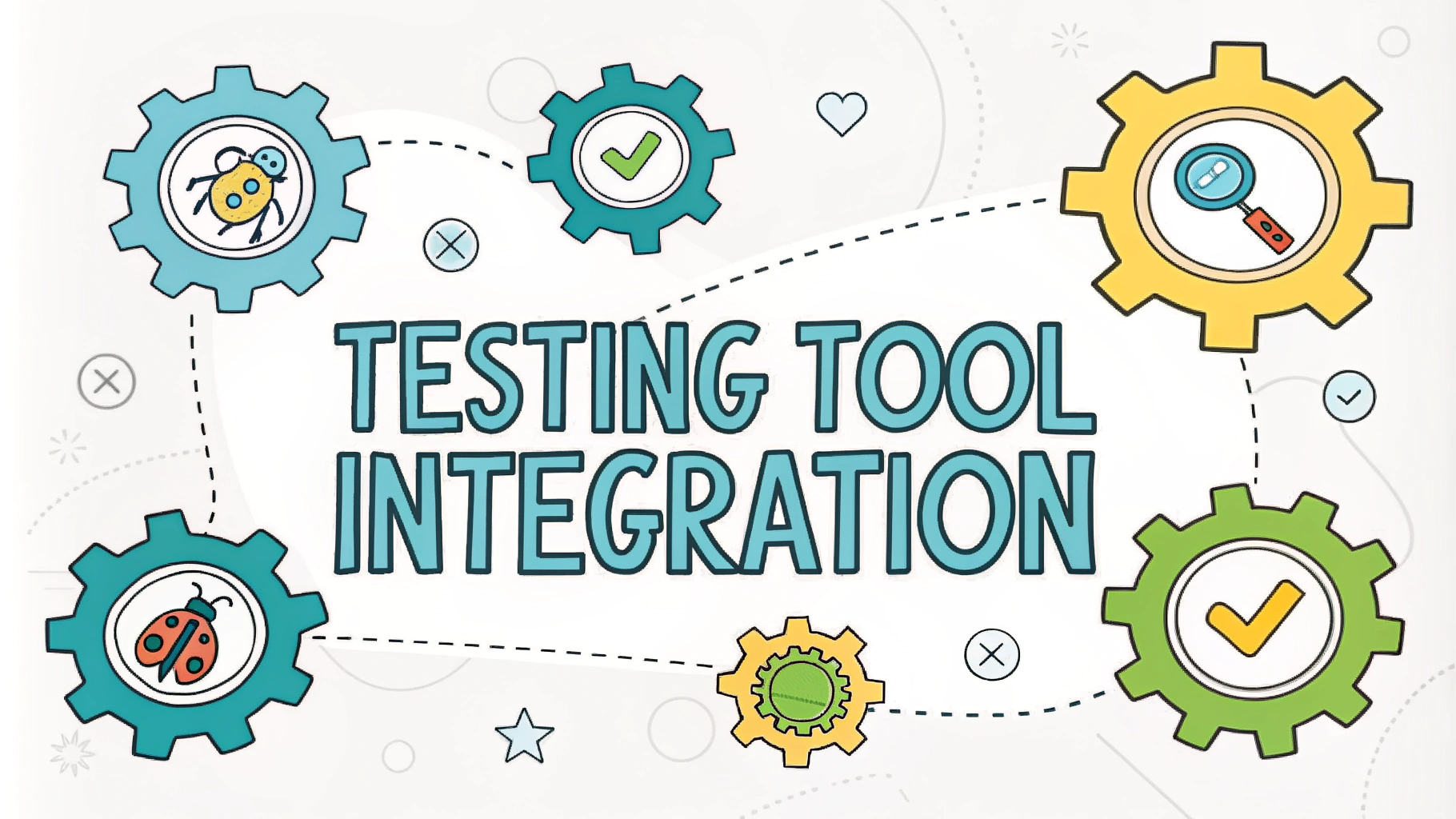Risk assessment methodology forms the backbone of any successful penetration testing engagement.
This quick guide outlines the key steps and frameworks used by security professionals to evaluate system vulnerabilities systematically.
Core Components of Risk Assessment
- Asset Identification
- Threat Analysis
- Vulnerability Assessment
- Risk Calculation
- Control Implementation
Asset Identification
Start by creating an inventory of all systems, data, and resources that need protection.
Threat Analysis
Map out potential threats using the STRIDE model:
- Spoofing
- Tampering
- Repudiation
- Information disclosure
- Denial of service
- Elevation of privilege
Risk Calculation Formula
| Component | Calculation |
|---|---|
| Risk Level | Threat × Vulnerability × Impact |
Recommended Assessment Tools
- Nessus Professional – Vulnerability scanning
- OpenVAS – Open-source vulnerability assessment
- Qualys – Cloud-based security assessment
Documentation Requirements
- Scope definition
- Testing methodologies used
- Findings and evidence
- Risk ratings
- Remediation recommendations
Follow industry standards like NIST SP 800-30 or ISO 27005 for consistent risk assessment frameworks.
Risk Prioritization Matrix
| Impact | Likelihood | Priority |
|---|---|---|
| High | High | Critical |
| High | Medium | High |
| Medium | Medium | Medium |
Contact Information
For professional risk assessment consulting, contact ISACA (www.isaca.org) or ISC2 (www.isc2.org).
Regular reassessment keeps your security posture strong – schedule reviews quarterly or after significant system changes.
Advanced Assessment Techniques
Continuous Monitoring
Implement automated scanning and monitoring tools to maintain real-time awareness of security posture.
- SIEM Integration
- Network Traffic Analysis
- Endpoint Detection Systems
- Asset Discovery Tools
Compliance Integration
Align risk assessments with regulatory requirements:
- GDPR
- HIPAA
- PCI DSS
- SOX
Stakeholder Communication
| Stakeholder | Communication Focus |
|---|---|
| Executive Board | Risk Overview & Business Impact |
| Technical Teams | Detailed Findings & Remediation Steps |
| Compliance Teams | Regulatory Alignment & Documentation |
Conclusion
Effective risk assessment requires:
- Regular updates to methodology
- Integration with business objectives
- Clear communication channels
- Measurable outcomes
- Continuous improvement cycles
Next Steps
Establish a recurring review schedule and maintain documentation of all assessment activities. Update security controls based on findings and evolving threat landscape.
FAQs
- What is risk assessment methodology in penetration testing?
Risk assessment methodology in penetration testing is a systematic approach to identify, analyze, and evaluate potential security vulnerabilities and threats in an organization’s IT infrastructure to determine their potential impact and likelihood of occurrence. - What are the primary phases of risk assessment in penetration testing?
The primary phases include reconnaissance, vulnerability scanning, exploitation, post-exploitation, and reporting. Each phase systematically evaluates different aspects of security risks within the target system. - How does vulnerability scoring work in penetration testing risk assessment?
Vulnerability scoring typically uses the Common Vulnerability Scoring System (CVSS), which rates vulnerabilities on a scale of 0-10 based on factors like impact, exploitability, and complexity of exploitation. - What tools are commonly used in penetration testing risk assessment?
Common tools include Nessus for vulnerability scanning, Metasploit for exploitation testing, Nmap for network mapping, Wireshark for packet analysis, and Burp Suite for web application testing. - How often should penetration testing risk assessments be performed?
Organizations should conduct penetration tests at least annually, after significant infrastructure changes, or as required by compliance standards like PCI DSS, which mandates testing at least annually and after major modifications. - What is the difference between qualitative and quantitative risk assessment in penetration testing?
Qualitative assessment uses descriptive terms (high, medium, low) to evaluate risks, while quantitative assessment assigns numerical values to measure potential losses and probability of occurrence. - How are findings prioritized in a penetration testing risk assessment?
Findings are prioritized based on factors including vulnerability severity, potential business impact, likelihood of exploitation, and complexity of remediation. - What should be included in a penetration testing risk assessment report?
The report should include an executive summary, methodology used, detailed findings, risk ratings, technical details of vulnerabilities, proof of concept demonstrations, and recommended remediation steps. - How does compliance affect penetration testing risk assessment methodology?
Compliance requirements (such as GDPR, HIPAA, or PCI DSS) influence the scope, frequency, and specific testing methods that must be included in the assessment process. - What is the role of threat modeling in penetration testing risk assessment?
Threat modeling helps identify potential attack vectors, defines security requirements, and guides the testing process by creating scenarios based on real-world attack patterns and adversary capabilities.







